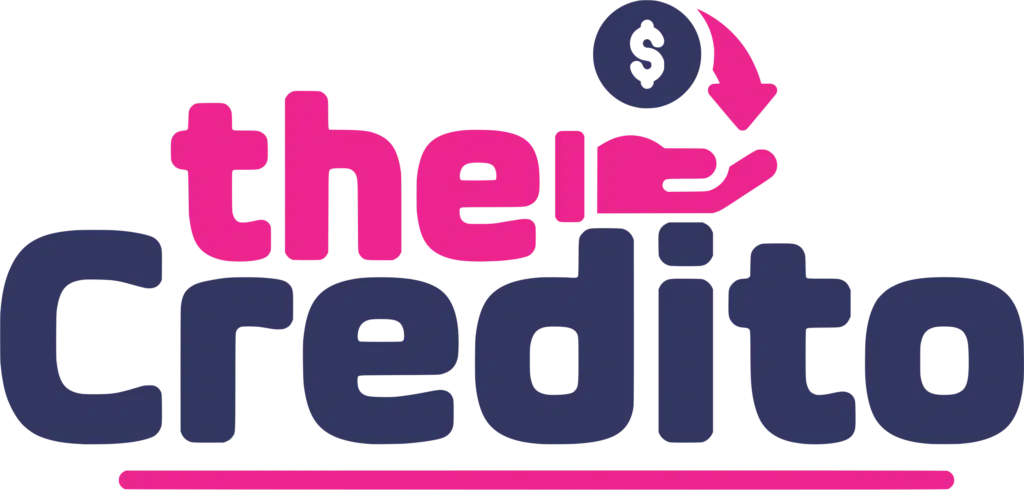In an increasingly competitive and fast-paced world, personal growth through education has become one of the most valuable investments one can make. Whether it’s a new certification, a workshop, or a higher degree, the pursuit of knowledge often comes with a cost. For many, finding the financial means to invest in these opportunities is a significant challenge.
Proper financial planning, however, can bridge the gap between where you are and where you aspire to be. This guide will walk you through the essentials of financial planning tailored to those who want to grow personally and professionally through courses and training programs.
Setting clear financial goals for personal growth

One of the first steps in financial planning for personal growth is setting specific goals for your education or training pursuits. Without a clear vision of what you want to achieve, your savings and investment efforts may lack direction.
Ask yourself what skills or qualifications you need to acquire to reach your desired professional or personal milestones. Be as specific as possible, considering the type of course, its cost, and the timeline for completion.
Having clear goals can help you determine how much money you need to set aside. If you’re planning on enrolling in a course within the next year, your financial strategy may differ from a goal that’s three or five years down the line.
By understanding the timelines and financial requirements, you can create a more structured plan. This approach not only gives your savings a purpose but also keeps you motivated as you see yourself getting closer to your goals. Once you have identified the amount you need, consider breaking it down into smaller, manageable targets.
Building a realistic budget to prioritize education savings
After setting your goals, creating a realistic budget is essential to ensure that education savings remain a priority. A budget helps you assess your current financial state, making it easier to identify areas where you can cut back and allocate funds toward your courses and training.
Start by categorizing your expenses into necessities, discretionary spending, and savings. This breakdown enables you to see where your money goes and where adjustments can be made.
For instance, if you’re spending a significant portion of your income on dining out or entertainment, consider reducing these expenses and redirecting the savings toward your education fund.
Even small changes, such as making coffee at home instead of buying it daily, can accumulate into meaningful contributions over time. By setting aside a portion of your income each month specifically for education, you build a habit that reinforces the importance of investing in yourself.
Exploring alternative sources of income to accelerate your savings
Once you have a solid budget in place, consider exploring additional sources of income to help you reach your savings goals faster. This extra income can be particularly useful for individuals who may not be able to cut back significantly on their current expenses.
From freelancing and part-time jobs to selling goods online, there are various ways to earn additional funds that can be dedicated entirely to your education and personal growth. One way to generate extra income is by offering freelance services in your area of expertise.
Many people possess valuable skills, such as graphic design, writing, or programming, that can be monetized through freelance platforms. Even a few hours of work each week can contribute significantly to your education savings, making it easier to afford costly courses without affecting your regular budget.
Investing in long-term financial strategies for sustained personal growth
While saving is essential for funding immediate educational goals, long-term financial strategies can ensure that you continue growing and learning throughout your life. One of the most effective ways to secure resources for lifelong learning is by investing.
Instead of relying solely on savings accounts, consider diversifying your assets to yield higher returns that can support future training and education expenses. Investing in mutual funds, stocks, or even retirement accounts can provide a steady income over time, which can be reinvested in your personal development.
Some people may find it helpful to open a dedicated investment account specifically for education expenses. By doing this, you create a self-sustaining system where your earnings from investments gradually cover your training costs, reducing your dependence on your regular income.
Leveraging available resources and financial aid options
In addition to your personal savings and investment efforts, various resources and financial aid options can help reduce the burden of education costs. Many institutions and organizations offer scholarships, grants, and financial aid for courses and certifications.
Researching these options can help you identify opportunities that align with your chosen field of study, making it easier to afford programs that might otherwise be out of reach. Scholarships are often awarded based on merit or specific qualifications, and they don’t require repayment.
By dedicating time to apply for relevant scholarships, you may secure partial or full funding for your courses. Similarly, grants are another valuable resource, especially for those in certain fields or demographics. Even small grants can ease the financial load, allowing you to direct your own funds toward other goals or future courses.
Aside from scholarships and grants, some employers offer education assistance programs as part of their employee benefits package. If you’re currently employed, check with your human resources department to see if your company provides any support for professional development.
Conclusion
Planning your finances for personal growth through courses and training requires a thoughtful approach that combines goal-setting, budgeting, income diversification, long-term investment, and resourcefulness.
By setting clear financial goals and building a budget that prioritizes education, you create a solid foundation for your personal and professional development. Exploring alternative income sources and leveraging investments can accelerate your savings, ensuring that you’re prepared to take advantage of educational opportunities as they arise.
Finally, by seeking out scholarships, grants, and employer assistance, you expand your financial options, making it easier to fund your journey of self-improvement. Through disciplined planning and a commitment to lifelong learning, you can invest in your future without compromising your financial stability.

